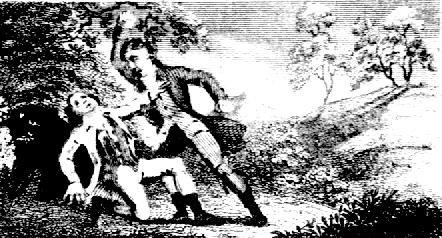
d: 1759
Eugene Aram
Summary
Name:
Years Active:
1744Status:
ExecutedClass:
MurdererVictims:
1Method:
BludgeoningDeath:
August 16, 1759Nationality:
United Kingdom
d: 1759
Eugene Aram
Summary: Murderer
Name:
Eugene AramStatus:
ExecutedVictims:
1Method:
BludgeoningNationality:
United KingdomDeath:
August 16, 1759Years Active:
1744Date Convicted:
August 5, 1759bio
Eugene Aram was born in 1704 in Ramsgill, Yorkshire, England, to humble parents. Despite limited formal education, he exhibited a remarkable aptitude for languages, teaching himself Latin, Greek, Hebrew, Chaldee, Arabic, and several Celtic languages. His linguistic pursuits led him to develop theories on the relationships between European languages, anticipating ideas that would not gain scholarly acceptance until much later. Aram worked as a schoolmaster in various locations, including Knaresborough and King's Lynn, and was known for his intellectual prowess and dedication to philology.
murder story
In 1744, Daniel Clark, a shoemaker and close associate of Aram, disappeared after acquiring goods on credit under the pretense of newfound wealth. Suspicion fell on Aram when some of these goods were found buried in his garden, but insufficient evidence led to his release. Aram subsequently left Knaresborough, taking up teaching positions elsewhere.

In 1758, a skeleton was discovered in St. Robert's Cave near Knaresborough. This discovery reignited interest in Clark's disappearance. Richard Houseman, another associate, confessed to witnessing Aram murder Clark and led authorities to the burial site. Aram was arrested at King's Lynn Grammar School on August 21, 1758, and transported to York for trial.
During his trial in August 1759, Aram conducted his own defense, arguing against the reliability of circumstantial evidence and questioning the identification of the remains. Despite his eloquence, the jury found him guilty. While awaiting execution, Aram confessed to the murder, citing jealousy over an alleged affair between Clark and his wife as the motive. He attempted suicide the night before his execution but was unsuccessful. On August 16, 1759, Aram was hanged at York's Tyburn and his body was gibbeted in Knaresborough Forest as a warning to others.